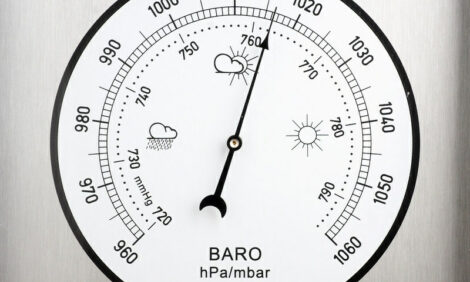



Moves to Reduce Zinc in Pig Feed
EU - A call has gone out for an EU-wide reduction of zinc included in pig feed because of concerns over the amount leaching into the soil.The proposal is being spearheaded by the Danish pig sector, which is reducing the amount of the mineral used in feed below the currently permitted levels.
Danish pig producers currently use less zinc than that permitted, the industry is looking into the possibility of further reducing levels of zinc added to feed and SEGES, the Pig Research Centre, told the Herning Pig Industry Conference that it is important that the EU should follow a similar route.
Zinc is added to feed as an effective alternative to antibiotics, in both conventional and organic pig production.
”Around 70 per cent of the total zinc used is as a low level additive in all feed. This, therefore, is the right place to start,” said Claus Fertin, Director of SEGES the Danish Pig Research Centre.
“Last year, we informed the European Food Agency that Denmark sees an opportunity to reduce the amount of added zinc in finished pig feed. So far, however, there has only been small-scale research in the Netherlands to help plan for an overall reduction.
“We are now launching a larger trial and we expect the results to be available next year. This will enable the authorities, both in Denmark and other countries, to have a much better basis on which to make a decision. It is, of course, important that the regulations are similarly applied throughout Europe,”
The maximum permitted level of zinc in pig feed was reduced from 250 mg/kg to 150 mg/kg in 2003.
Today, about 85 per cent of the maximum permitted amount is used in Denmark.
The new trial will also determine whether the amount of zinc can be reduced from the maximum of 150 mg/kg feed to 70 mg/kg feed without compromising the pigs' well-being and growth.
A report prepared for the Danish Environmental Protection Agency by Aarhus University showed that increasing quantities of zinc and copper have been found in the soil caused by slurry from pig farming.
“The report concludes that, in the short-term, this does not present a major environmental issue, but in the longer-term, the application of zinc and copper through slurry should be reduced,” said Mr Fertin.
The enzyme phytase was added to aid the release of phosphorus in the feed, but it has been found that it also improves the digestibility of zinc in the feed.






